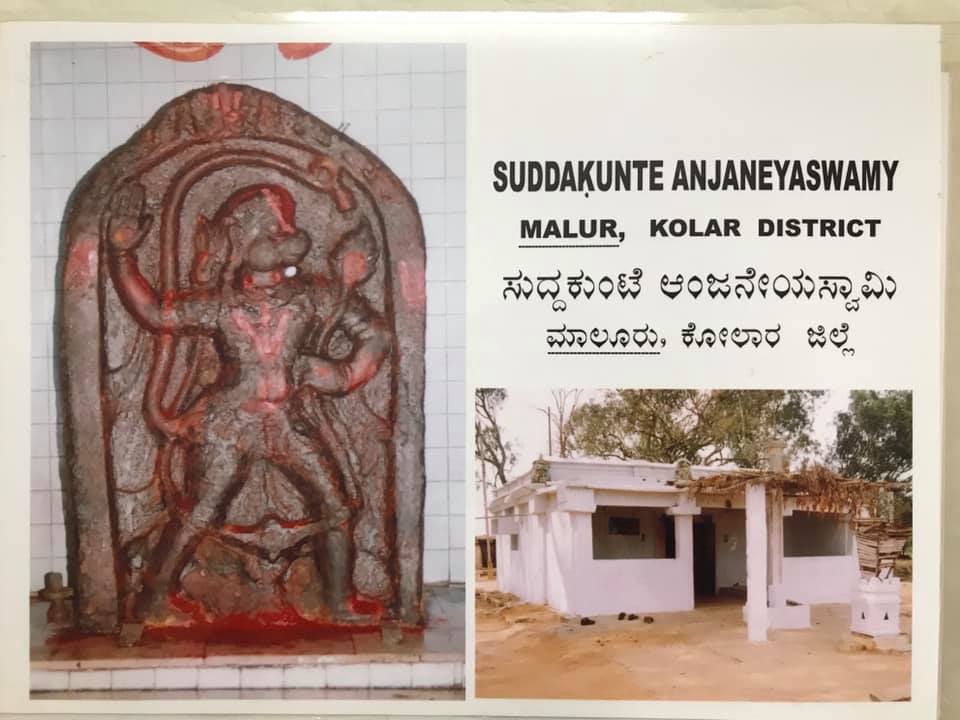Happy Hanuman Jayanti! Let& #39;s not forget the role of Guru Vyasatirtha in popularizing the worship of our dear Hanuman. It& #39;s the longest article I& #39;ve ever written but I really needed to string all the gems of information that I found into a necklace. https://www.indictoday.com/long-reads/vyasatirtha-guru-phenomenal-legacy/?fbclid=IwAR0ofNKrecXoBplCoeXU6HeYsdN36ACfVonPLoS52ElLV26Lcj6fHR3efZE">https://www.indictoday.com/long-read...
According to many, it was Goswami Tulsidas (1532 -1623) who made Hanuman very popular with his Ramcharitmanas and Hanuman Chalisa. While the role of these two outstanding works in magnifying the popularity of Hanuman in northern India cannot be denied, the truth is that (2)
long before Tulsidas, there was Madhvacharya (1238-1317) who gave an extraordinary place of honour to Vayu and his avataras Hanuman and Bhima. The tradition of honoring Hanuman (and Bhima) as a symbol of strength, protection and wisdom started by Madhvacharya was taken to (3)
great lengths by none other than Vyasatirtha in the 15th century who consecrated as many as 732 temples to Hanuman! (4)
These temples were scattered over today’s Karnataka, Andhra Pradesh, Telangana & Tamil Nadu. Until 2012 abt 525 Hanuman vigrahas such as this one hv been traced mainly due to private efforts of Shri Gowdagere Vijaya Kr Acharya who travelled more than 45,000 km to find them. (5)
The most famous is the Yantrodharaka Hanuman temple in Hampi. The distinctive depiction of Hanuman in the temples is that of Veera Hanuman as opposed to the Ramabhakta Hanuman; in other words the fierce aspect of the God who is needed to protect the land. (6)
There are other special features which devotees use to identify the Veera Anjaneya (Hanuman) motif consecrated by Vyasaraya such as the tail which goes around the head.(7)
Some 150 years later, Samarth Ramdas (1608 -1681) of Maharasthra established Hanuman temples all over India with the intention of instilling fearlessness and emphasizing on physical fitness in order to fight the Islamic forces which had devastated the Hindu psyche. (8)

 Read on Twitter
Read on Twitter


